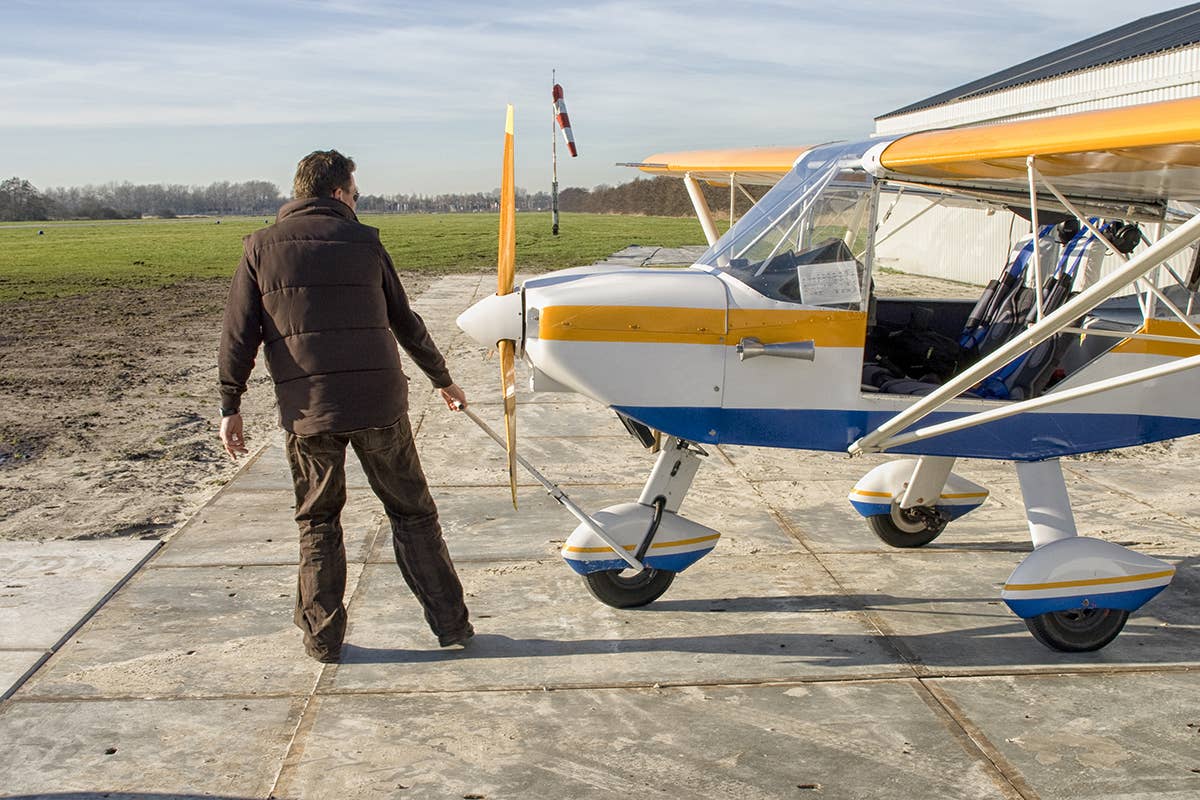Top 5 Mistakes First-Time Aircraft Buyers Make
All of them can be either expensive or annoying.

What keeps you from buying that airplane you’ve been eyeing? [Photo: Adobe Stock]
Buying an airplane is an exciting experience, but it can be fraught with (expensive) pitfalls if you are not careful. Over the years, FLYING has heard many tales of woe. So here's a list of the top five mistakes people make when buying their first airplane. Consider this our attempt to help you see and avoid these traps.
1. No Pre-buy Inspection
Never, ever, ever do this. Not even if it is a “friend's” airplane. Similar to buying a used car, purchasing a second-hand airplane can mean buying someone else's problems. A snazzy paint job does not mean it's a healthy airplane. Having a qualified mechanic get under the cowl of the airplane, in the cockpit, and in the maintenance logbooks is how you tell if an airplane is healthy and worth the money.
Have the pre-buy inspection performed by an A&P/IA who has not been performing the regular maintenance for that aircraft, as you want a fresh pair of eyes looking at it. As part of the inspection, make sure to verify who the airplane is registered to before you hand over any money. Every now and then, we hear stories about aircraft buyers handing over a significant chunk of change to an aircraft seller only to discover the seller either didn't hold the title or else they had sold it to three other people already.
2. Not Budgeting for Maintenance
The cost of an airplane is much more than the sale price. Before you buy, create a budget for maintenance. Check the logbooks for recurring airworthiness directives (ADs). Look for modifications to the aircraft that may require more inspections. Note the work performed during the last three annuals—is it extensive?
There are many new aircraft owners who find themselves compelled to sell their airplane either before or shortly after the first annual as they can't afford to keep it anymore.
3. Buying a Ramp or Hangar Queen
While it might be a good investment to buy a car that has primarily been kept in the garage and rarely driven, the opposite is true for aircraft. Aircraft need to be flown on a regular basis to keep them healthy. Those that sit on the ramp literally start to rot—you may notice black rings around the rivets. Try to find an airplane flown on a regular basis.
4. Leasing Back to a Flight School to Make Payments
This is a double-edged sword. While it can help you cover the cost of payments, it is quite rare that a leaseback will completely cover the cost of aircraft ownership. Aircraft at flight schools take a beating—tires get flattened, seat belts slammed in doors, door locks jammed, etc.
Before you hand your airplane over to the school, make sure there is a written agreement in place about who pays for these wear-and-tear items. If it is you, those repairs could quickly eat up any proceeds you get from the leaseback.
5. Taking a Pass on Factory Training
If you buy an aircraft that comes with an offer of factory-approved transition training, take advantage of it. Many manufacturers recommend this training, especially if the aircraft is high performance or complex.
Sometimes the training comes from a type club. For example, the American Bonanza Society offers excellent transition training. You may find that flying a set number of hours with a CFI next to you—around 10 or as many as 25—in that airframe will lower your insurance costs, as well as give you the skill and confidence you need.

Sign-up for newsletters & special offers!
Get the latest FLYING stories & special offers delivered directly to your inbox






